I love the countryside, I love hiking and while the weather is often horrendous, personally there is nothing better than a day on the mountains.
Are you looking to do some serious walking in the UK or maybe you’re just looking for a day hike over the weekend. Over the last twenty years, we’ve walked at some of the best locations the UK & Ireland has to offer. In this section we have reviewed and discussed the best and worst of each location across the UK and give you as much information as we can find on each location.
How Are Walks Graded?
Walks are graded on a scale from Easy to Severe. For an easy walk, you won’t need any specialist equipment, and can, if you choose, follow the route in your normal clothes and a pair trainers.
For severe categories, you need to be an expert in climbing and have specialist equipment. Even if you’re walking the most basic of routes, we would highly recommend that you take a day-backpack containing a few essential emergency items to make sure you’re prepared for any problems along the way. For more information on how walks are graded, here’s our guide to walking difficulties.
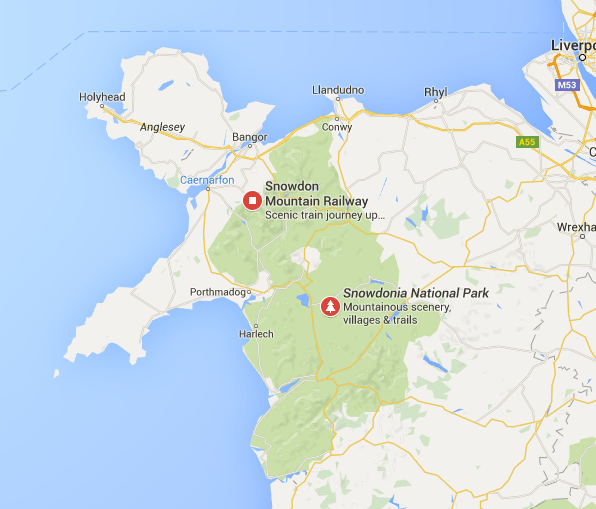
Snowdon Via Y Lliwedd, Snowdonia
Snowdonia National Park is one of my favourite places to walk in the Northern Welsh Hills as it offers a great challenging walk, and some great views of problems the birthplace of Welsh rock climbing. This route is not the longest, but provides a few option depending on your experience and how difficult you want the route to be. There is both the option to climb to the top or scoot around the side.

The Eildon Hills, Scottish Borders
The Eildon Hills lie just to the South of Melrose on the Scottish Borders. My walk in this area started Newstead, a village with a reputation as the oldest inhabited village in all of Scotland, and finished around Melrose itself. The area was great fun, but i’d recommend that you do this walk in the summer, as the mountains are exposed and I’m sure are snow covered in the Winter.

Yes Tor – Dartmoor, Devon
Yes Tor in Dartmoor was one of my favorite walks in 2018, however right from the start, if you’re going to take this walk, make sure the British Army are not practicing as they often use this area. The area around Yes Tor is great as it not only offers a few hills, but the area is a drier and as a result has a few less bogs.

Brecon Beacons National Park
The Brecon Beacons is one of the best hiking locations in the UK and offers walkers a wealth of possibilities from simple day walks covering flat ground to five day and more hikes of up to one hundred miles covering a range of different lands from near vertical slopes to challenging mountain climbs and long flowing mountainside walks.

DartMoor Bogs National Park
DartMoor Bogs offers two very distinctive environments. One is pleasant, the second Bear Grylls describes as “One of the UK’s most inhospitable environments”. If you’re walking in this area, I would try to stick to marked pathways as the low cloud cover reduces visibility and often stops

Exmoor National Park
Exmoor National Park is one of the smallest and flattest National Parks within the UK, however does offer walkers some fantastic day walking opportunities across flat grassland. The walks in this area are fantastic, however make sure you’re prepared to get wet and probably stuck in bogs.
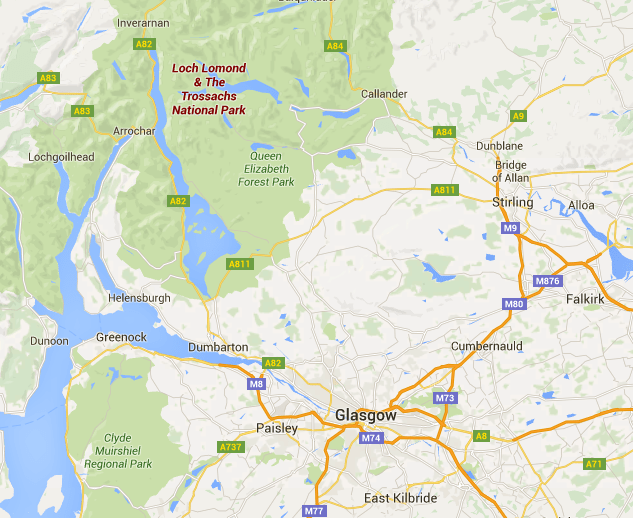
Loch Lomond and The Trossachs National Park
Loch Lomond is a 22-mile long, freshwater lake in southern Scotland, often considered the boundary between the lowlands of Central Scotland and the Highlands. Hiking around the loch consist of low, flat walks around the loch, with the possibility of more technical routes in the mountains of which the highest is the highest of which is Ben More at 1,174m. There are 21 Munros and 19 Corbetts to bag, including The Cobbler (Ben Arthur) and Ben Ledi.
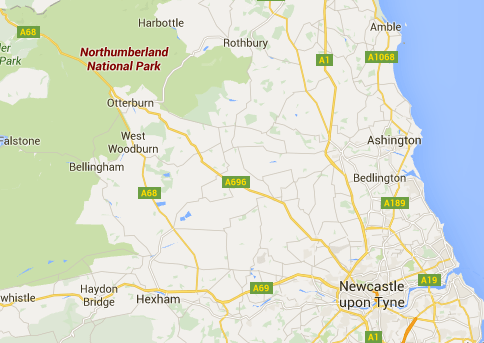
Northumberland National Park
Northumberland National Park is England’s most northerly National Park and covers an area of more than 410 square miles from just below the Scottish border in the north, to just south of Hadrian’s Wall. The area covers three distinct areas; In the north are the Cheviot Hills that mark the border between England and Scotland and is a hilly area with some great challenging hiking. The Cheviot is the highest hill in the area with an altitude of 815 m, while other notable tops are Hedgehope Hill, Windy Gyle, Cushat Law and Bloodybush Edge.
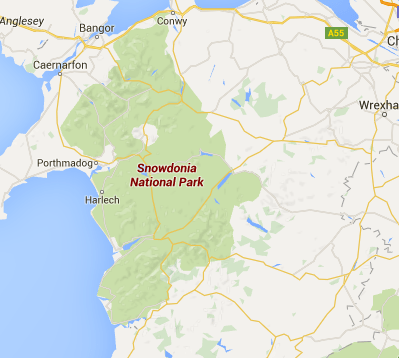
Snowdonia National Park
Snowdonia National Park is a mountainous region in northwest Wales. The National Park is consists of 823 square miles of relaxing walks and challenging mountain peaks that contains the highest peaks in the United Kingdom outside of Scotland. Snowdon, which is the highest mountain in Wales at 3560 ft (1,085 m) offers some of the best hiking, views and camping the UK has to offer, however it does get very crowed in the summer.

The Cambrian Mountains
The Cambrian Mountains – is a mountain range in central wales. Technically the area is part of Snowdonia to the North and the Brecon Beacons to the South, and therefore if you’re asked about the highest mountain in the area, it will be Arenig Fawr in Snowdonia, however specifically in the Cambrian Mountains the highest peaks are Pen Pumlumon Fawr [Plynlimon] at 752 Meters, Pen Pumlumon Arwystli at 741 meters and Pen Pumlumon Llygad-bychan at 727meters.
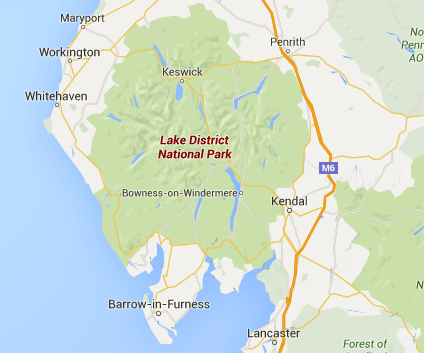
The Lake District
The Lake District – is a mountainous region in North West of England covering around 900 square miles of National Park. The area has four mountains that exceed 3,000 feet including Scafell Pike, 978 m (3,209 ft), Scafell, 965 m (3,166 ft), Helvellyn, 951 m (3,120 ft) and Skiddaw, 931 m (3,054 ft). Within the National Park, there are over 1,342 miles of public footpaths, however to get a real experience of the area, you need to take advantage of the “right to roam” and get out into the countryside.

The New Forest
The New Forest and National Park area cover over 220 square miles in southern England and forms one of the best walking and camping destinations in the UK. The National park is predominantly made up of low lying, flat land that is great for long, multi-day camping trips, or short day-walks in the countryside. Due to its location in the centre of the country, its both dry an often sunny allowing for a good variation of wildlife in the area.
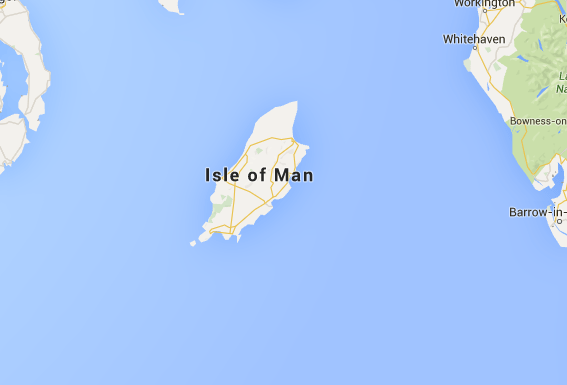
The Isle of Man
The Isle of Man – is located in the middle of the Irish Sea, almost equidistant from England to the east, Northern Ireland to the west, and Scotland (closest) to the north. While the area is predominantly rolling hills and relativity flat land, there is one mountain, mount Snaefell, with a height of 620 metres which if you can climb on a clear day, has views of Scotland, England, Ireland, Wales. One for the bucket list, the Raad Ny Foillan (Way of the Gull) coastal footpath, is a challenging 100 mile walk around the Isle of Man.

Isle Of Skye
Isle of Skye – is the largest and northernmost of the major islands in the Inner Hebrides of Scotland. The island is almost 50 miles long and home to a permanent population of around 10,000 although this swells substantially in the summer. For hikers, the area is simply beautiful, with some of the best countryside the UK has to offer, that said it can be wet with Atlantic storms floating into the area on a regular basis. The two best area for experienced hikers are the Cuillin Range and The Trotternish Ridge which offer challenging climbs with 12 Munros peaks above 3000ft (914m).

Dartmoor National Park
The Dartmoor National Park – is area in southern Devon that consists of 954 square miles moorland capped with many exposed granite hilltops known as tors. The area is generally flat, although it does consist of a few high points to include High Willhays at 2,037 ft, Yes Tor at 2,031 ft on the north side of the national park, and Ryder’s Hill 1,690 ft and Snowdon 1,624 ft in the south. Two of my favourite walks from the area include the Haytor Audio Walk at 6.3 miles which starts from the newly built Haytor Information Centre and the West Devon Way which is typically a five day camping trip consisting of 37 miles of walking from Okehampton in the north to Plymouth in the south, and following the western edge of Dartmoor.